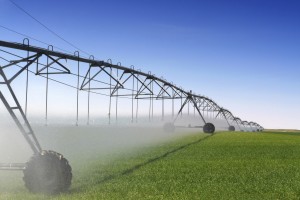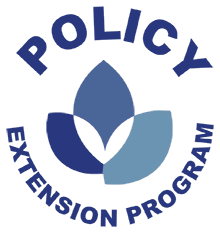The Water Quality Assurance Act (WQAA) is a state law passed by the Florida Legislature in 1983 to protect groundwater quality in Florida. The establishment of the WQAA was based on emerging water issue reports related to groundwater and surface water contamination. By identifying the sources of water resource contamination the impacts of water resource contamination can be relieved and hazardous waste problems managed.
Specific topics addressed in the WQAA include:
- Hazardous waste management, septic tanks and small wastewater treatment plants
- Groundwater contamination and protection strategies
- Pesticide use
- Sewage treatment plant construction funding
- Organization and funding of the Florida Department of Environmental Regulation and water management districts.

Overall, the WQAA was divided into 12 separate parts, each of which addressed a distinct ground water or hazardous waste problem. The Act addressed various needs, including:
“If you could tomorrow morning make water clean in the world, you would have done, in one feel swoop, the best thing you could have done for improving human health by improving environmental quality.”
William C. Clark, 1988
- Compiling data related to water resources
- Preventing contamination of potable water supplies,
- Plugging abandoned artesian wells
- Regulating the siting of septic tanks
- Cleaning up existing contamination sites
- Preventing pollution from leaking from underground fuel storage tanks
- Requiring the proper treatment, storage, and/or disposal of all hazardous wastes.
For more information about the Water Quality Assurance Act, please reference:

Hopping, W. L., & Preston, W. D. (1983). Water Quality Assurance Act of 1983-‐Florida’s great leap forward into groundwater protection and hazardous waste management, The Florida State University Law Review, 11, 599-‐641.
Conversations to have:
Producers and agricultural business owners should be aware of how WQAA associated program may influence their businesses. Information about WQAA associated policies and regulations, local water quality standards, limitations on use of water bodies, water quality monitoring program, and standards related to nutrient and waste management should be identified while making decisions for business management strategies. Alternative farming practices recommended by research and the government should be taken into consideration to enhance the sustainability of water resources.
The general public needs to understand the importance of the WQAA and how the WQAA relates and influences their life and health. They should be aware of their water source and supplier and understand how to minimize waste production as well as how to manage their waste. For people who are active in landscapes, they should be aware of the quantity of chemicals they use for landscaping, as well as the ramifications of chemical run off. The BMPs suggested by USEPA and FDEP are approaches that can be applied to properly manage water, fertilizer, and pesticide uses and waste disposal and retain or even improve water resources quality.
Decision makers need to know about local water quality standards required by the WQAA in their area and be aware of any changes in water quality standards promulgated by the USEPA administrator. They should understand current regulations related to water contaminant management, what science can tell us about water quality, and be aware of public opinion of water issues which provide a broad snapshot of understanding on a complex topic. By understanding both regulatory and scientific facts, as well as public opinions, decision makers will be equipped to take educated action on public policy development.
Important Items
State water sources: In Florida, groundwater is the primary water source for freshwater, which provide more than half of the freshwater consumption in the state. Statewide, approximately 52% of the groundwater is used for public water supply and another 31% is used for agricultural irrigation.
Sources of contaminants: Contaminants which might impact public health through water include improperly disposed of chemicals, animal wastes, pesticides, human wastes, wastes injected deep underground, and naturally occurring substances.
Best Management Practices: BMPs are the most effective, practical means of preventing or reducing pollution from nonpoint sources.
Water quality monitoring: Since water quality decrease can be influenced by seasonal climate and human activities, water quality should be monitored continuously to ensure water use safety.

